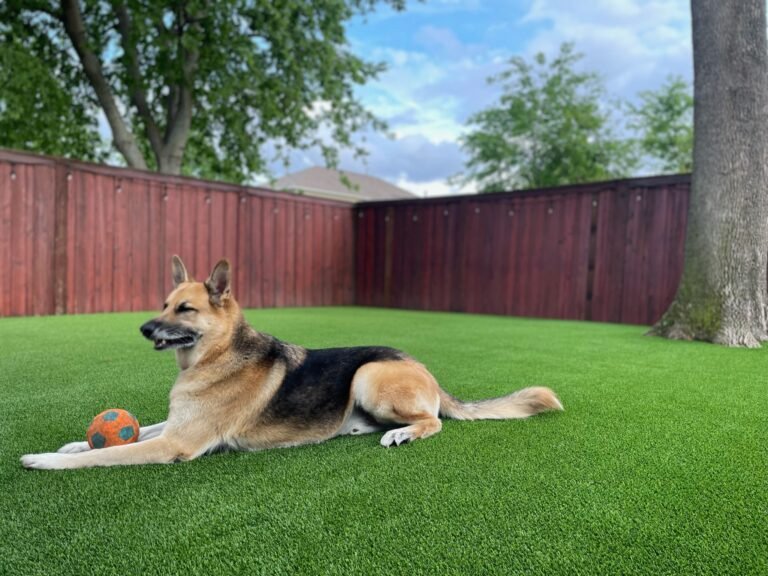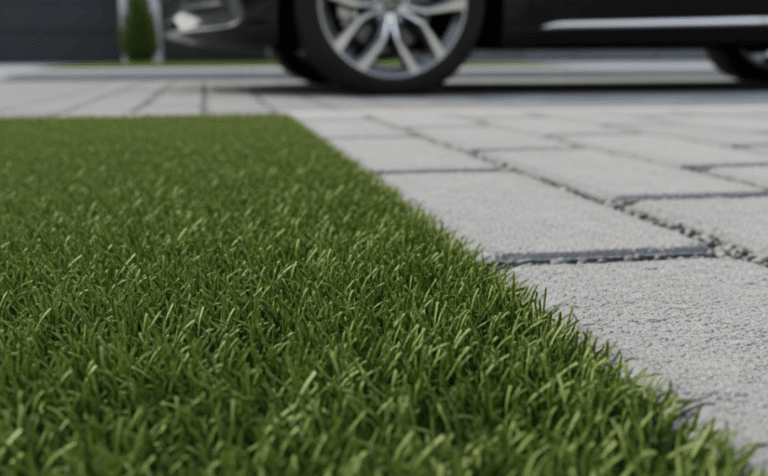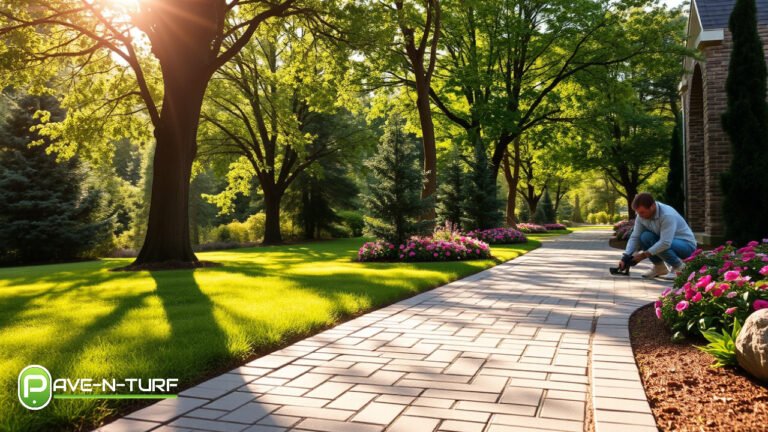The Best Decorative Landscaping Rocks for Driveways and Pathways

introduction
When it comes to enhancing the aesthetics and functionality of outdoor spaces, few elements rival the impact of decorative landscaping rocks. Whether you’re working on a driveway, pathway, or full landscape makeover, these rocks can create a polished, professional look that requires minimal upkeep. In this guide, we’ll explore the best options for decorative landscaping rocks, how they improve outdoor design, and why they’re a smart choice for driveways and walkways.
What Are Decorative Landscaping Rocks?
Decorative landscaping rocks are natural or man-made stones used to enhance the visual appeal and durability of gardens, pathways, driveways, and yards. These rocks come in a wide range of colors, shapes, sizes, and textures, offering endless customization options for homeowners and landscapers alike.
Benefits of Using Decorative Landscaping Rocks
1. Low Maintenance and Long Lasting
Unlike organic mulch, decorative landscaping rocks don’t decompose over time. This means they retain their shape and color for years, saving you time and maintenance costs.
2. Enhanced Curb Appeal
With a variety of textures and hues, you can create an upscale, cohesive look for your home’s exterior. Whether it’s a modern minimalist vibe or rustic country charm, decorative rocks offer design versatility.
3. Improved Drainage
Decorative rocks provide excellent water permeability, preventing water pooling and reducing erosion, particularly around driveways and pathways.
4. Weed Control
When installed over weed barrier fabric, decorative rocks help suppress weed growth and keep landscaping neat.
Top Types of Decorative Landscaping Rocks for Driveways and Pathways
1. Crushed Granite
Crushed granite is a go-to option for homeowners looking for both aesthetics and practicality. Its rough texture helps with traction, making it ideal for driveways. Plus, it offers excellent drainage, which is perfect for areas that experience heavy rain.
2. River Rock
Known for its smooth, rounded edges and natural mix of earthy colors, river rock creates a relaxed, organic look. It’s especially popular around pavers or as a filler between stones in garden paths. The polished finish adds a decorative touch while helping with erosion control.
3. Pea Gravel
Pea gravel is made up of small, rounded stones that feel soft underfoot, making it perfect for pathways and garden trails. It’s easy to walk on, budget-friendly, and available in a range of colors to match your landscape design. Bonus: it’s great at controlling weeds when used with landscape fabric.
4. Lava Rock
If you’re going for bold visual impact, lava rock might be your best bet. Lightweight, porous, and often deep red or black, it adds dramatic contrast to plant beds and driveways. Lava rocks also retain less heat, which makes them a great choice for warm climates.
5. Decomposed Granite (DG)
Decomposed granite is crushed finer than standard granite, offering a sandy texture that compacts tightly. This makes it a fantastic surface for both driveways and walkways. It’s stable underfoot, wheelchair-friendly, and provides a clean, natural look without the mess of loose stones.
How to Use Decorative Landscaping Rocks with Pavers
Decorative landscaping stones work wonderfully with Belgard pavers and other stone paving. Here are a few ways you can combine them:
• Pea gravel or river rocks in between pavers to soften the edges
• Bordering your driveway with lava rock for contrast with your pavers
• Creating a sophisticated walkway using DB as a base with pavers framing the base
• Using crushed granite around your seating areas for both drainage and decoration
Mixing rock and pavers provides texture and durability, which makes the landscape feel casual but elegant.
Design Tips for Decorative Rock Landscaping
Mix Rock Sizes
Using multiple sizes of decorative landscaping rocks adds dimension and depth to pathways and driveways.
Stick to a Color Palette
To maintain visual harmony, choose rock colors that complement your home’s exterior and other landscaping features.
Incorporate Lighting
Path lights or embedded LED lighting between rocks and pavers can highlight textures and improve nighttime visibility.
Edge Your Pathways
Define borders with metal or stone edging to keep rocks contained and prevent them from spilling into lawns or flowerbeds.
Installation and Maintenance Tips
Prepare the Surface
Remove grass, roots, and debris. Add a landscape fabric to block weeds and a compacted base for stability.
Choose the Right Depth
Most pathways need a 2-3 inch layer of rocks. For driveways, go up to 4-6 inches for extra support.
Rake and Refresh
Even though decorative landscaping rocks are low-maintenance, occasional raking and topping off keeps them looking fresh.
Conclusion
Decorative landscaping rocks are more than just attractive they’re a long-term solution for functional, eco-conscious, and stylish driveways and walkways. By incorporating these materials alongside Belgard pavers or other driveway pavers, you achieve not only visual harmony but also superior durability. Whether you’re aiming for a clean, modern look or a natural, rustic style, decorative rocks are versatile enough to meet your goals.
Incorporating Decorative Rock into your outdoor space not only boosts curb appeal but also saves time and effort on upkeep. If you’re ready to enhance your yard, investing in high-quality decorative landscaping rocks is the way to go.
Whether for full coverage or creative accents, decorative rocks are a timeless, practical solution for anyone looking to create outdoor elegance that lasts.
FAQs About Decorative Landscaping Rocks
Q1: Can decorative rocks be used in high-traffic areas?
Yes, especially options like crushed granite or decomposed granite, which compact well and handle foot and vehicle traffic.
Q2: Do decorative landscaping rocks get hot in summer?
Some rocks, like lava rock, may retain heat. Use lighter-colored rocks or shaded areas to minimize this effect.
Q3: How do I prevent weeds in decorative rock areas?
Install a high-quality landscape fabric underneath the rocks and use pre-emergent weed control products seasonally.
Q4: Are decorative rocks safe for pets and kids?
Most are safe, but avoid sharp or jagged rocks in play areas. Pea gravel is a soft, kid-friendly option.






